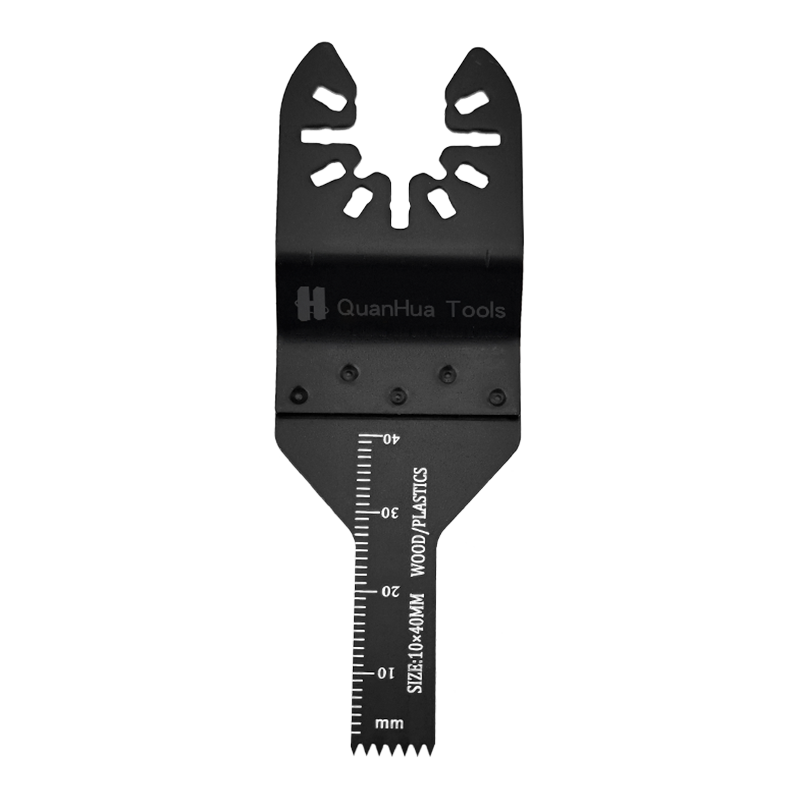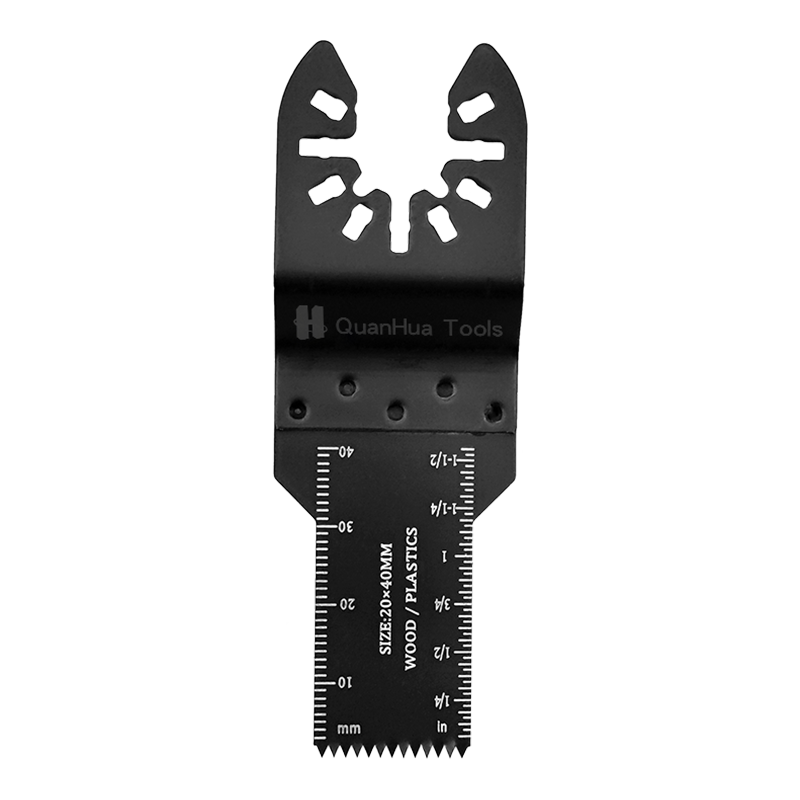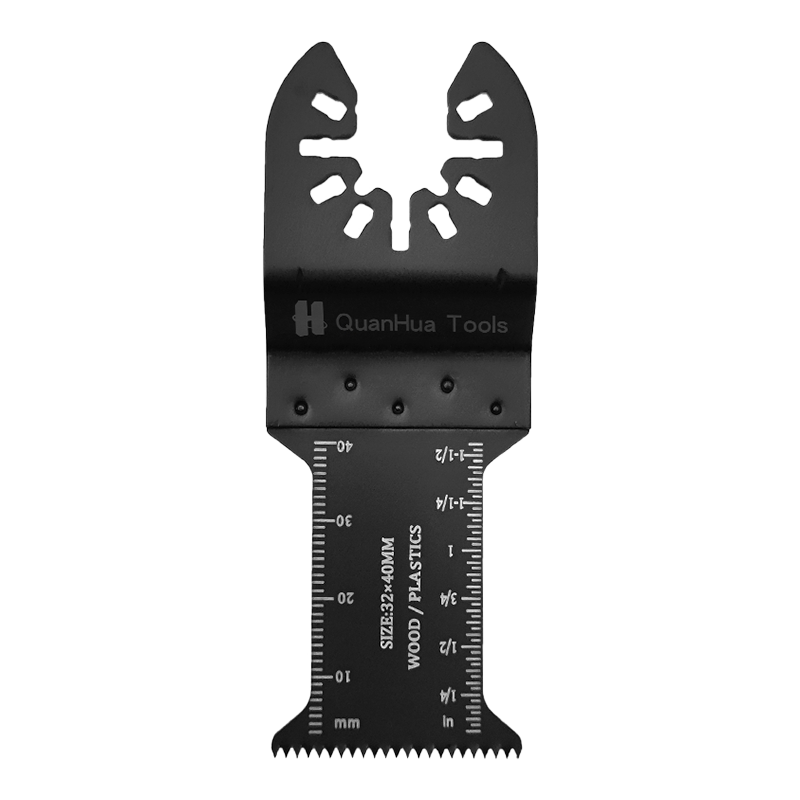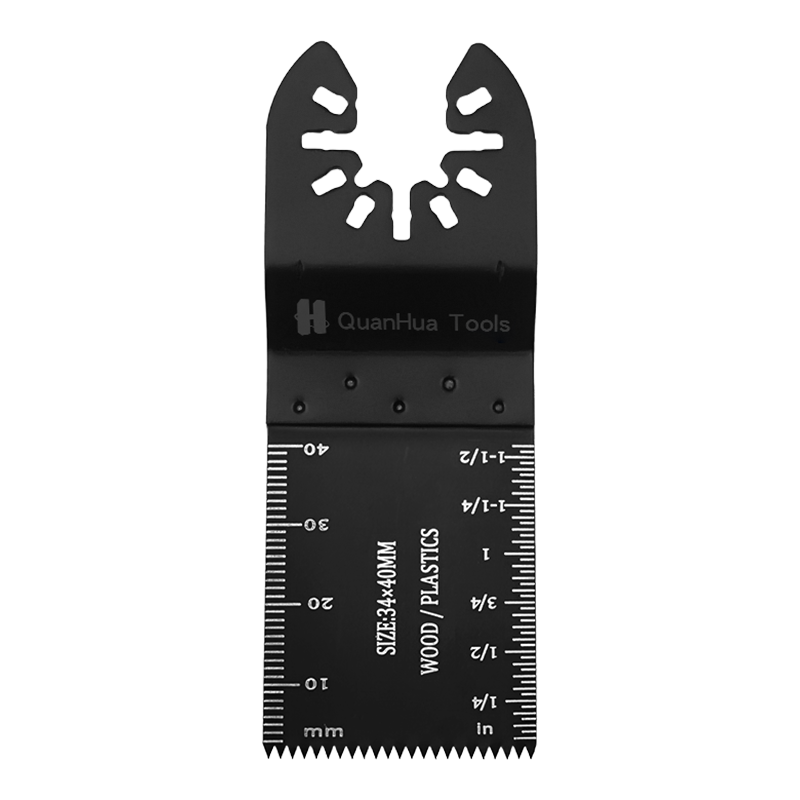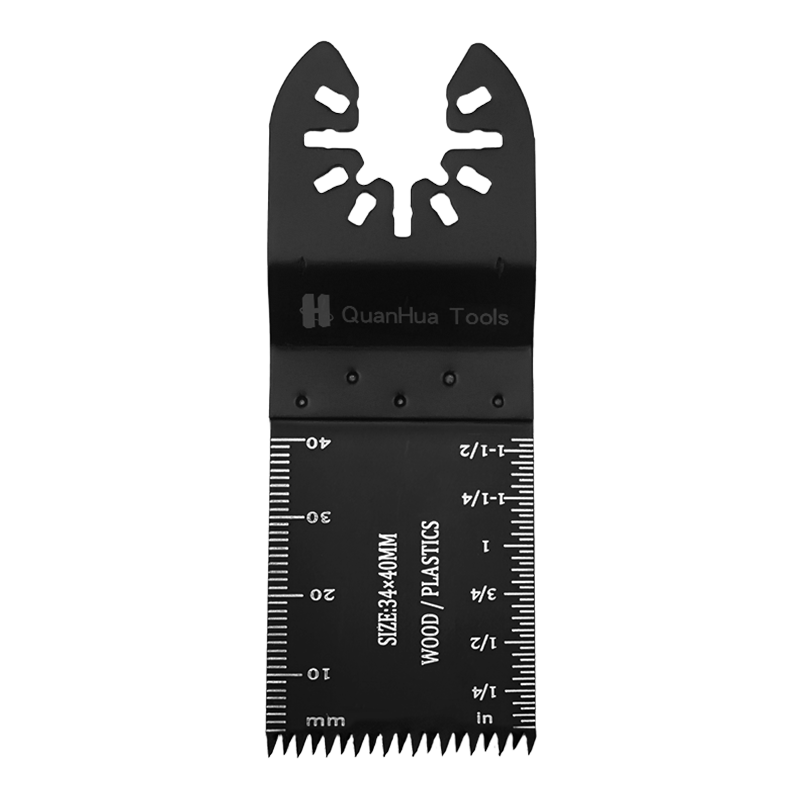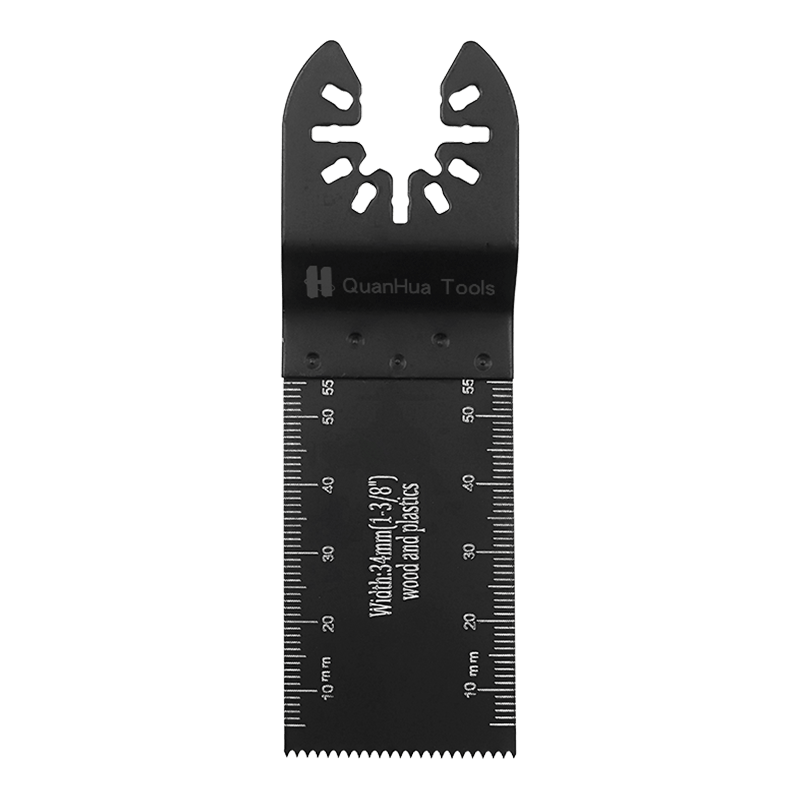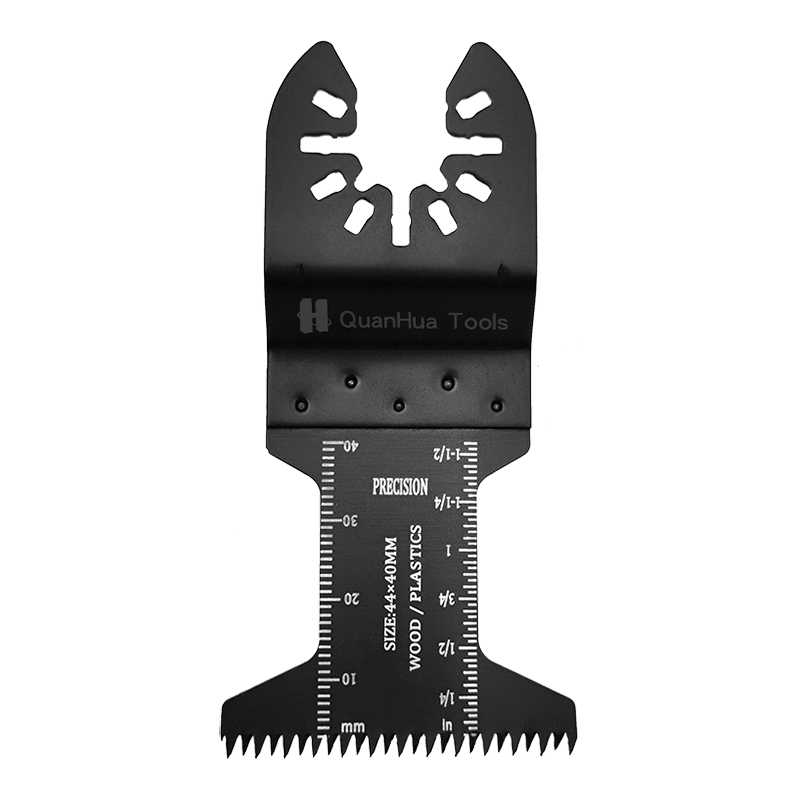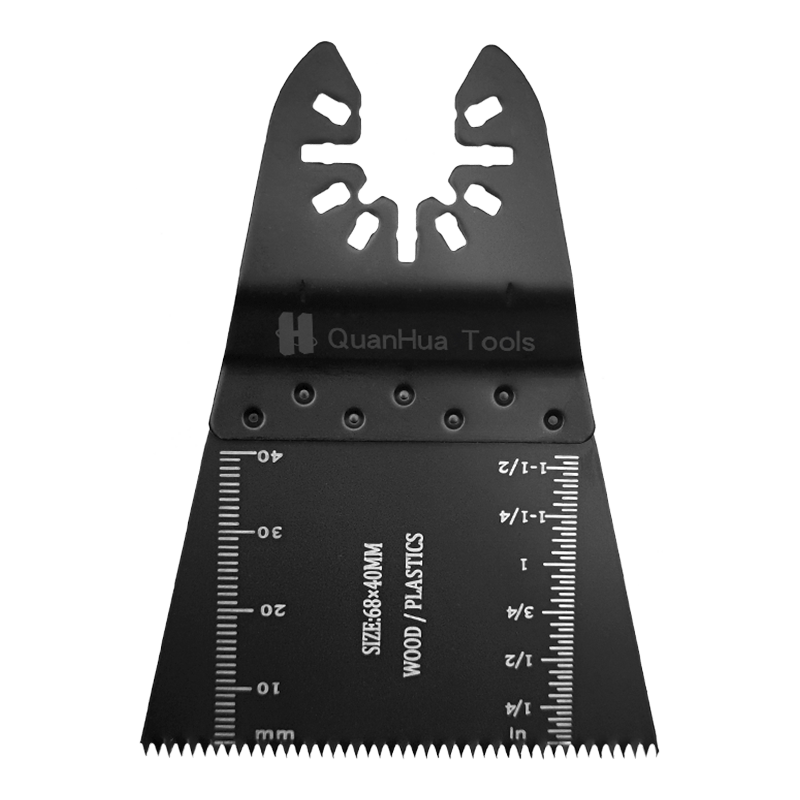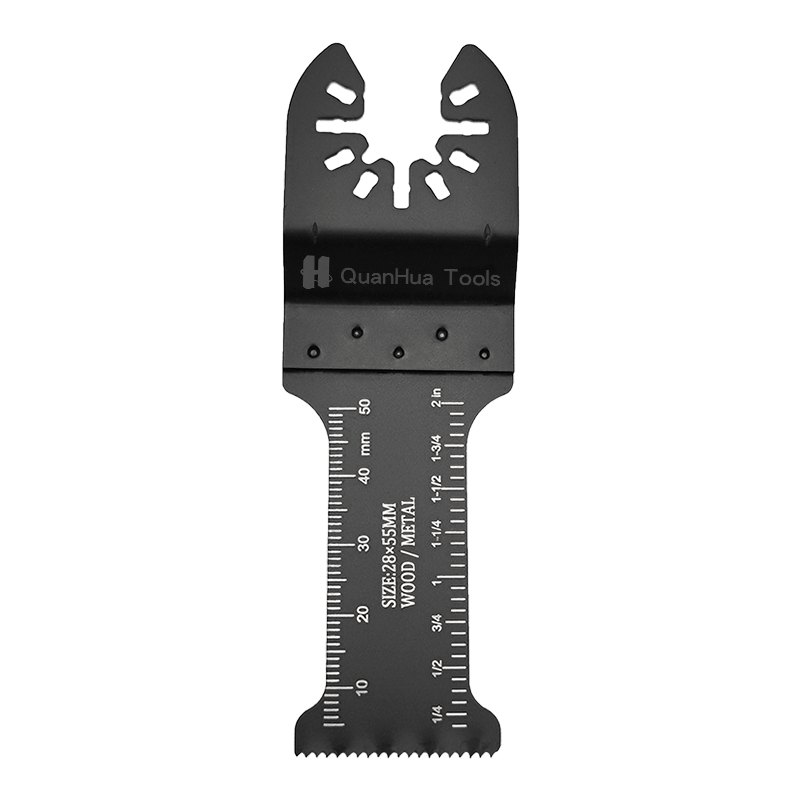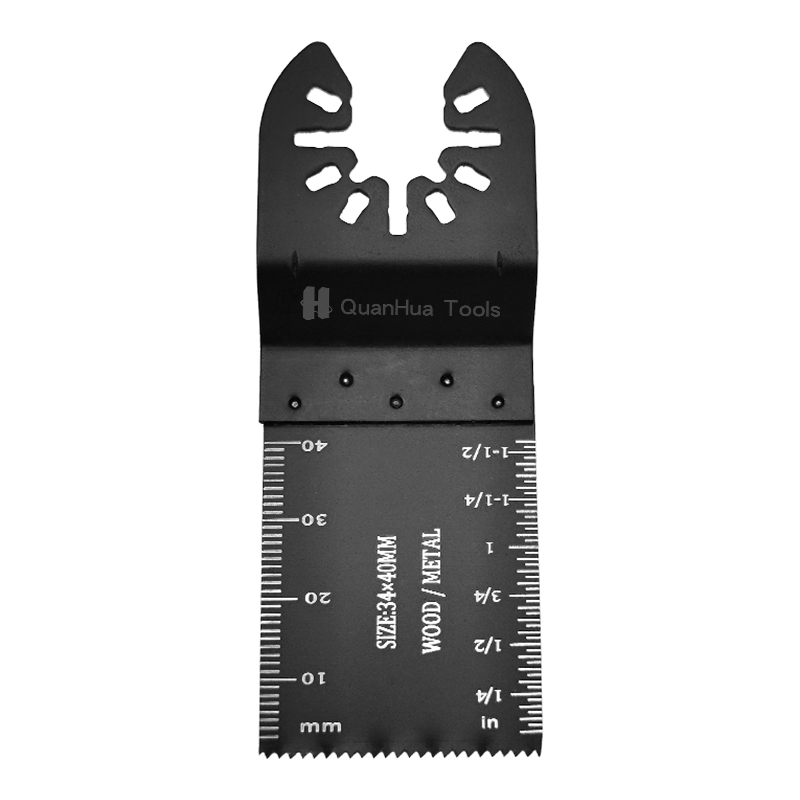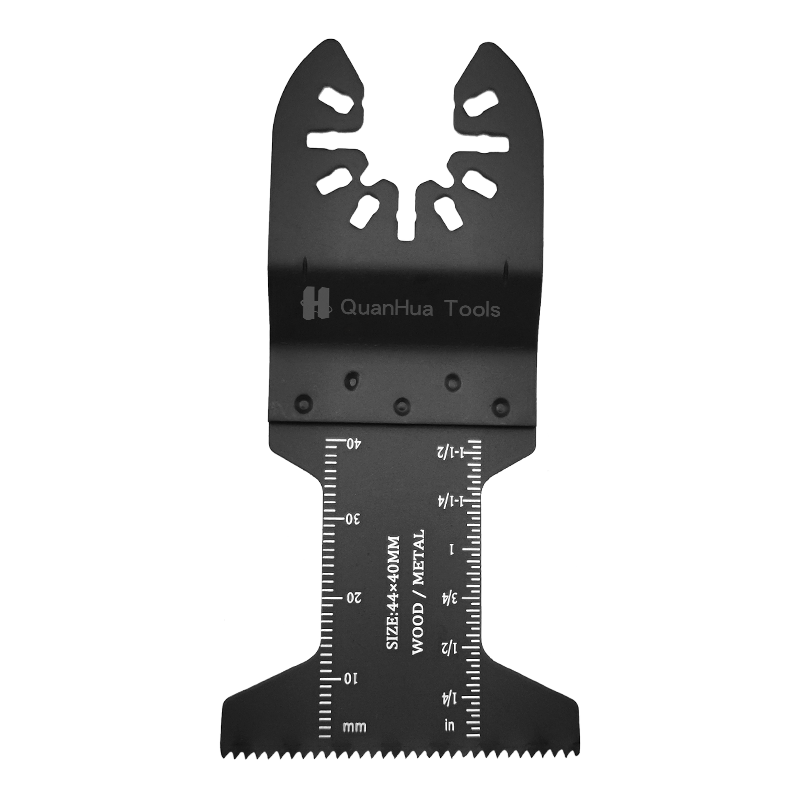1. What Is a Sabre Saw Blade?
A sabre saw blade is the replaceable cutting component of a reciprocating saw, designed for back-and-forth (reciprocating) motion to slice through materials. Blades vary significantly in terms of:
Material Composition:
High Carbon Steel (HCS) – flexible, good for soft materials like wood or plastic.
High-Speed Steel (HSS) – more heat-resistant, ideal for harder materials like metal.
Bi-Metal (BIM) – combines HCS and HSS, offering flexibility and durability for demanding cuts.
Carbide Grit or Diamond-Coated – abrasive blades for very hard, brittle materials.
TPI (Teeth Per Inch):
Low TPI (6–10): aggressive, fast cuts in soft materials
Medium TPI (10–14): balanced cutting for plastics and mixed materials
High TPI (14–24+): fine, slow cuts in hard or thin materials
Length and Thickness:
Longer blades (up to 12"): better for deep or flush cuts
Thicker blades: more stable for heavy-duty cutting
Thinner blades: more flexible, suited to curved cuts or tight spaces
2. Cutting Wood
Wood is one of the most common materials cut with a sabre saw, especially in demolition and rough construction work.
Blade Selection
Best Material: High Carbon Steel (HCS)
TPI Range: 6–10 TPI (lower for fast cutting, higher for smoother finish)
Length: 6" to 12", depending on material thickness and reach
Use Cases
Framing and structural lumber cutting
Demolition of walls or wooden pallets
Pruning and trimming branches
Cutting plywood, OSB, and MDF panels
Pro Tips
Use a blade with aggressive teeth (6 TPI) for fast demolition or tree limbs.
For more controlled cuts (e.g., in finished cabinetry), opt for 10 TPI or a Japanese-style fine-cut blade.
Choose bi-metal blades when cutting through wood with embedded nails or screws to avoid chipping or snapping.
3. Cutting Metal
Cutting metal requires more precision and blade durability. It also generates more heat, so the correct blade and cutting speed are critical.
Blade Selection
Best Material: High-Speed Steel (HSS) or Bi-Metal
TPI Range: 14–24 TPI
Length: Shorter blades (4–6") are usually more stable for thin metal
Use Cases
Cutting steel conduit, rebar, and sheet metal
Removing old screws, nails, or bolts
Trimming aluminum or copper piping
Disassembling metal furniture, fixtures, or HVAC components
Pro Tips
Use higher TPI blades (18–24) for thin materials like sheet metal or flashing to avoid snags and vibration.
For thicker stock like angle iron or pipe, use 14–18 TPI blades with stronger backing.
Reduce speed and avoid forcing the blade. Let the blade work with its own motion to avoid overheating and premature dulling.
Consider using cutting oil to extend blade life and improve cut quality.
4. Cutting Plastic and PVC
Plastics are common in plumbing, electrical, and automotive applications. While they’re generally soft, they can chip or melt if cut improperly.
Blade Selection
Best Material: High Carbon Steel (HCS) or Bi-Metal
TPI Range: 8–14 TPI depending on material rigidity
Use Cases
Cutting PVC pipes during plumbing installation or repair
Trimming plastic panels or sheeting
Cutting ABS, polycarbonate, or acrylic components
Modifying electrical conduits or plastic channels
Pro Tips
Use medium TPI blades (10–14) to avoid chipping or cracking.
Cut at moderate speed to prevent melting and blade gumming.
Use a backing surface or clamp to reduce vibration for cleaner results.
5. Cutting Tile, Brick, and Masonry
These are among the most demanding materials for sabre saws, but with the right blade, light masonry jobs can be done efficiently.
Blade Selection
Best Material: Carbide Grit or Diamond-Coated
TPI Range: Grit-edge (no teeth)
Use Cases
Trimming ceramic tiles or small stone tiles
Cutting through mortar, stucco, or drywall
Removing grout or plaster
Making access holes in cement board or brick facades
Pro Tips
These blades grind rather than slice, so expect slower progress.
Avoid applying heavy pressure—let the grit wear through gradually.
Wear a mask and eye protection—cutting masonry creates hazardous dust.
Use for small or detail work only—for heavy masonry cuts, opt for a diamond wheel or wet tile saw.
6. Are Multi-Material (General Purpose) Blades Worth It?
Many users wonder whether it's worth buying material-specific blades or just using one for everything. Here’s the breakdown:
Advantages of Multi-Purpose Blades:
Ideal for quick or unplanned jobs where material may vary
Saves time on blade changes
Often made with bi-metal construction for balance and versatility
Limitations:
May cut slower or wear out faster when used on hard materials
Can leave rougher edges or cause burning on soft plastics
When to Use:
Great for general home repairs, remodeling, and emergency tasks
Not ideal for high-precision or heavy-duty professional work
7. Best Practices for Using Sabre Saw Blades
To get the most out of your blades—and avoid injury—follow these core usage tips:
Before You Start
Choose the right blade length for material thickness
Inspect blade for cracks or dull teeth
Ensure blade is securely locked in the tool’s chuck
While Cutting
Let the blade cut at its own pace—do not force it
Use two hands when possible for better control
For plunge cuts, start at an angle and ease the blade into the material
Safety First
Always wear eye and ear protection, as well as gloves
Be aware of nails, wires, or rebar hidden inside structures
Keep a firm grip—reciprocating saws create high vibration

